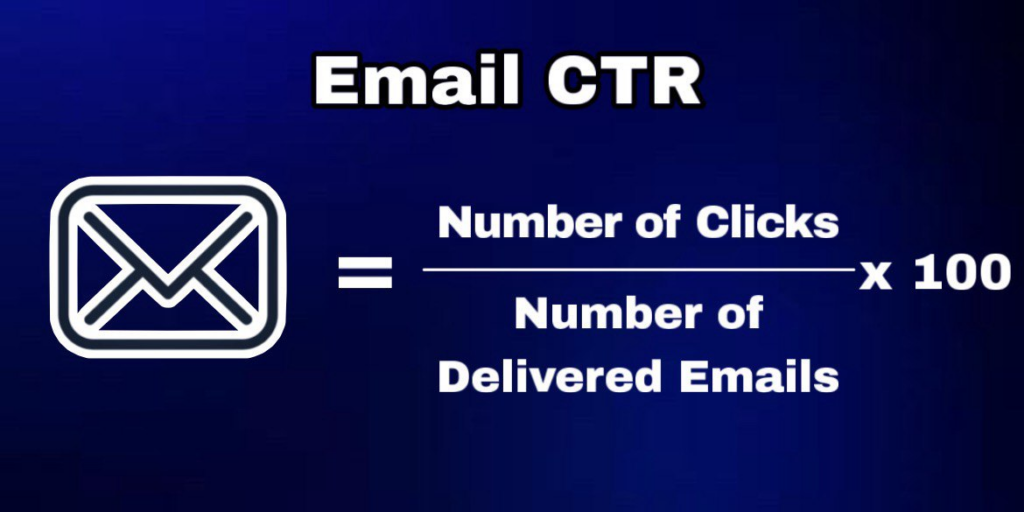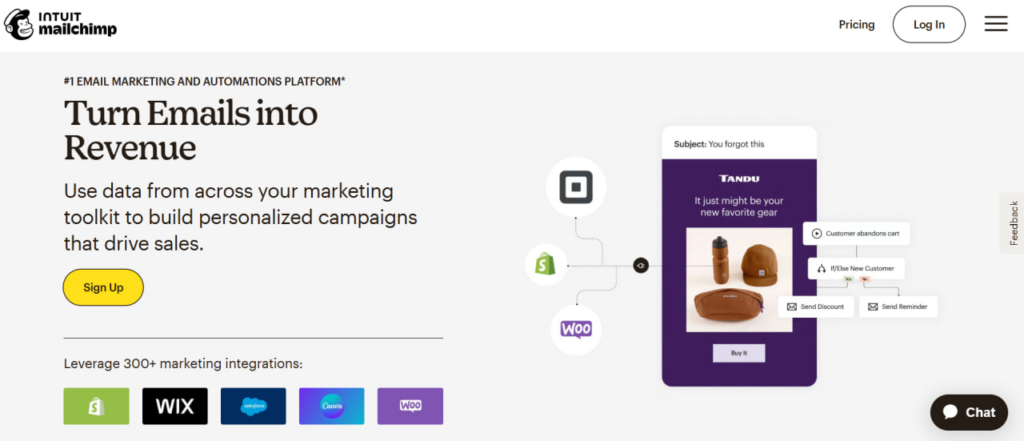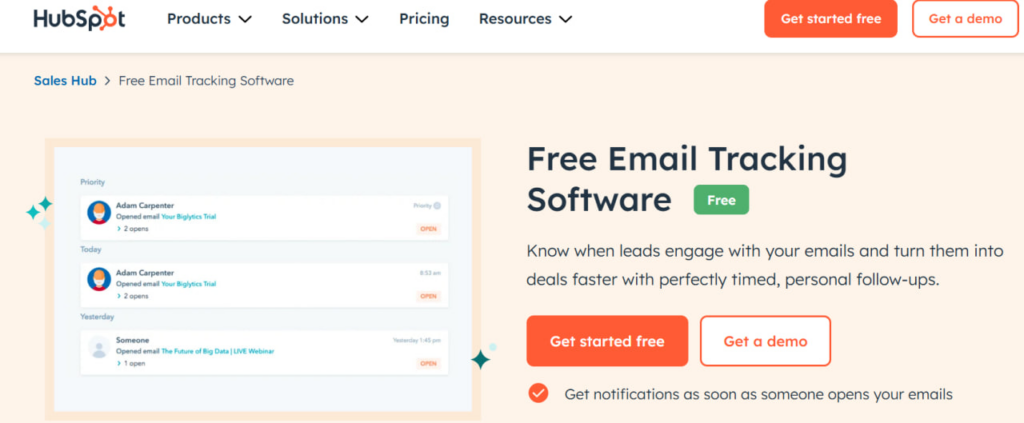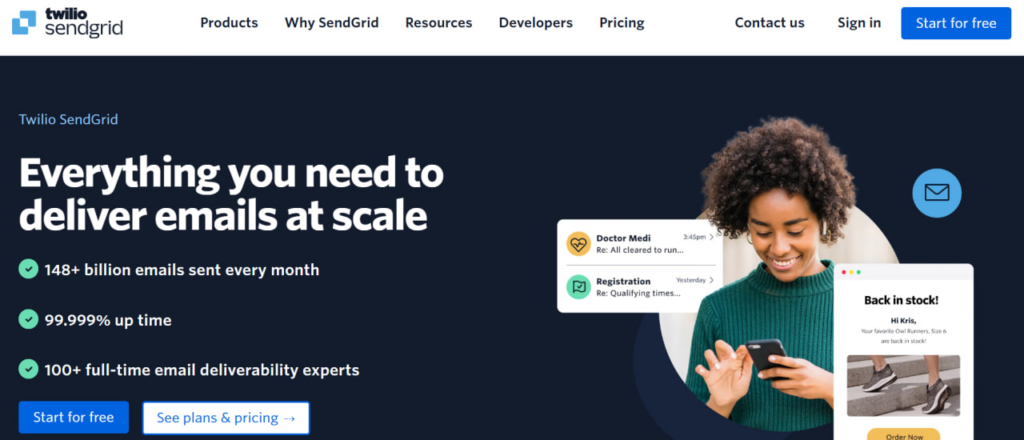Tracking the Effectiveness of Email Marketing Bounce Rate and CTR
By Alex Carter on September 19, 2024
Every company needs a proper promotion plan to succeed online. The first step is picking a channel that will bring the most clients. Many companies rely on email as it has over 4 billion users.
Another important part of any marketing plan is monitoring. So, we’ll concentrate more on this aspect. We will tell you about some tactics to track email marketing effectiveness. Keep reading and learn about the most important metrics and what they reveal.
Why Track Email Marketing Effectiveness?
Email is a great place to engage with your clients and get more sales. Yet, it’s not enough just to send a message. You have to invest some time into monitoring email marketing effectiveness.
This process is a necessity in any niche, especially e-commerce monitoring. Why, you may ask?
You risk wasting resources on useless campaigns without accurate measurement and research. Email monitoring tools can help you avoid that and get more long-term benefits. By using the info they offer you can
- Adjust your messages to improve engagement;
- Upgrade content and layout elements;
- Categorize the audience more precisely;
- Recognize potential issues with deliverability;
- Avoid spam filters;
- Improve ROI and marketing budget allocation.
The Role of CTR
CTR is one of the most meaningful signs of email marketing effectiveness. It evaluates how many people follow a link within the message.
A high CTR demonstrates that your content is interesting and appropriate. It allows you to define how well the clientele perceives your messages.
This parameter can also help you assess which elements and layouts perform better. So, you can optimize them to find better variations and get more conversions.
Now, you probably want to know how to track it. Here are some methods you can try.
Specialized Platforms
First, we recommend utilizing professional email marketing platforms for your campaigns. For instance, you can try Hubspot or Mailchimp. They automatically track CTR and provide you with complete reports.
Manual Assessment
Also, you can calculate it manually. You can see the basic formula for it in the image below.

This formula helps you specify the percentage of users interacting with your materials. Watching it closely can help you identify trends and areas for improvement.
Use UTM Parameters
Next, you can add UTM tracking parameters to links. They simplify the analysis of email traffic in Google Analytics and performance measurement.
You can segment traffic based on specific campaigns. So, it becomes easier to evaluate which messages are more sufficient.
A/B Testing
You can run variation tests on
- Subject lines;
- CTAs;
- Email formats.
It helps you with pinpointing the elements that lead to higher CTRs.
Monitor Heatmaps
Some tools offer heatmaps that show where users are clicking the most within your message. You can use data from them to optimize the placement of main links and CTAs. Heatmap evaluation can reveal user behaviors and you can use this info to enhance design.
All about Bounce Rates
Another point that can help you assess your email marketing effectiveness is bounce rate. It outlines a percentage of sent emails that don’t hit recipients’ inboxes.
This indicator is important because a high rate can cause harm to your reputation. It may lead to lower ROI and involvement if you don’t address it. Maintaining it down will help you boost your deliverability rates.
We have two types of email bounces.
- Hard ones occur when the messages are permanently undeliverable. Invalid or non-existent addresses are the main reasons for this;
- Soft ones happen when an email is temporarily undeliverable. The main causes are full box or server issues.
How can you measure it?
Start by getting rid of invalid addresses and inactive subscribers from your list. Regularly review bounce reports to identify main patterns and trends.
Next, you have to employ authentication measures and ask subscribers to confirm their addresses. It will help you improve email deliverability.
Here are a few tips to reduce these bounce rates:
- Update your list from time to time;
- Use trustworthy verification mechanisms;
- Monitor engagement and change your tactics accordingly;
- Test different sending periods and structures;
- Comply with CAN-SPAM and GDPR regulations.
Other Essential Metrics of Email Marketing Effectiveness
You already know how critical it is to measure different markers to estimate email marketing effectiveness. We’ve talked about the influence of CTR and bounce rates. Now, let’s concentrate on other essential metrics you need to track.
Open Rate
As you can guess from the name, this indicator reveals how many people open your messages. It determines how interesting the subject line and sender name are.
Here are some methods to boost open rates:
- A/B test subject lines;
- Personalize these lines with recipient names;
- Provide the right email authentication to prevent spam;
- Pick ideal time slots.
Conversions
This rate tracks how many people complete an action you need after clicking on the link. For example, it reveals if someone makes a purchase or signs up for an event.
This metric is necessary for estimating the direct effect of your campaign on business goals. How can you optimize conversion rates?
- Align your landing page with the messaging;
- Customize offers;
- Use social proof to build trust;
- Minimize the steps of the checkout process.
Deliverability
Deliverability represents how many messages successfully reached the inboxes. You have to calculate it by eliminating bounces.
Low delivery success may result from
- Spam filters;
- Blacklists;
- Bad sender reputation.
So, you have to adjust your lists and exclude spam-triggering terms to avoid it.
Unsubscribe
This parameter shows the proportion of users who unsubscribe from future emails. A rising unsubscribe rate may indicate that your content is not relevant or valuable. Also, it happens when you mail too frequently or don’t satisfy the subscriber’s initial expectations.
Spam Complaint
This metric helps you understand how often people mark your messages as spam. A high complaint rate can damage your reputation a lot. So, you need to take some measures to reduce it, like
- Use a recognizable name and address;
- Get consent from subscribers;
- Provide a simple and visible unsubscribe choice;
- Avoid misleading subject lines.
RPE
The final parameter we want to mention is RPE. It estimates the income you generate from each email that you send. It helps you understand the financial results of your campaigns. This metric is particularly important for digital retail or membership-based companies.
Top Tracking Tools
You can use diverse tools and platforms to measure your email marketing effectiveness. We’ve mentioned some of them briefly before. Now, let’s talk about them in more detail. Below you’ll find some of the top instruments and their features.
Mailchimp

The first option we want to present is Mailchimp. It is a strong analytics platform that lets you observe and track the success of your email campaigns.
It has straightforward dashboards that display details about your audience’s behavior. You can understand how they interact with your content which allows you to personalize messages.
Also, it has a Content Optimizer functionality. It will offer you individual AI-driven suggestions. It outlines areas for improvement, like
- Skimmability;
- Link quality;
- Visuals;
- Typography, etc.
Mailchimps will give you full summaries and visualizations of all critical metrics. Moreover, it easily connects with your Google Analytics profile.
HubSpot

Hubspot is a powerful marketing platform that can offer you free email tracking software. It can help you understand how prospects interact with your messages.
HubSpot sends a notification when someone opens your email or clicks on a link. So, you can immediately take action and follow up. Also, it gives you details about each action your possible clients make.
This functionality works well with popular platforms like
- Gmail;
- Google Workspace;
- Outlook;
- Office 365.
So, you can follow activity across various channels.
ActiveCampaign

Another option we want to suggest is ActiveCampaign. It has a strong analytics tool that allows you to see the entire performance of your campaign.
It offers dynamic and shareable dashboards that eliminate the need for manual analysis. This platform also helps you improve engagement by matching contacts with the right campaigns.
ActiveCampaign also has a smart reporting assistant that filters out all the necessary metrics.
Some other functionalities it offers are:
- Lead scoring;
- Deliverability check;
- Split testing;
- Win probability and more.
SendGrid

The last instrument we want to highlight is SendGrid. It specializes in email delivery and marketing automation. This instrument also has a great reporting suite.
It can help you track the following parameters:
- Opens;
- Clicks;
- Cancelled subscriptions;
- Bounces, etc.
Plus, it offers email heatmaps. They visually showcase which sections of your messages are attracting the most interest.
Conclusion
Email is a popular channel for advertising your business. Yet, you can’t just send a message and expect results. It’s important to track email marketing effectiveness for the success of your efforts.
CTR and bounce rates are among the most essential metrics. They show how your audience perceives the messages you send. There are many other indicators you should consider to make the most out of your strategy.
Hope that our guide was useful! Weigh in all of the metrics we described and try out some of the tools we mentioned.
Posted in blog, Monitoring
Alex Carter
Alex Carter is a cybersecurity enthusiast and tech writer with a passion for online privacy, website performance, and digital security. With years of experience in web monitoring and threat prevention, Alex simplifies complex topics to help businesses and developers safeguard their online presence. When not exploring the latest in cybersecurity, Alex enjoys testing new tech tools and sharing insights on best practices for a secure web.
